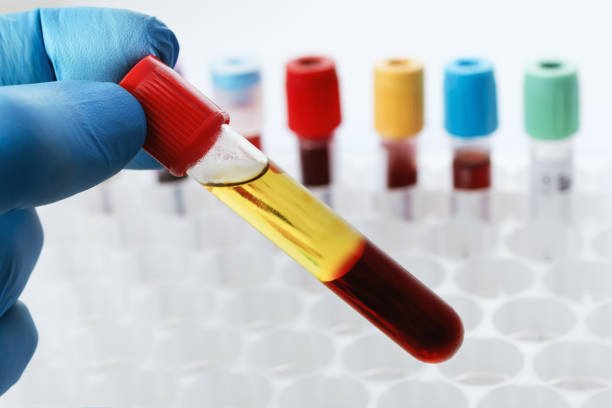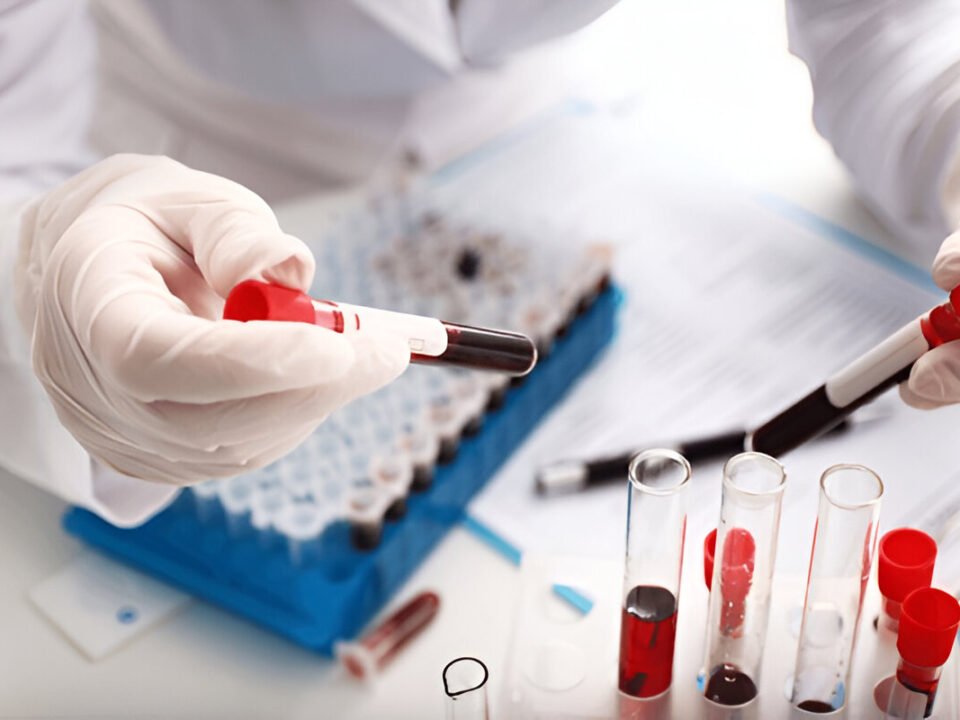
How to clean Glass pipettes?
August 17, 2023
Ensuring Quality at Every Step of operation
June 3, 2024In pathology lab and hospitals delivering precise and timely results is important. Due to complexity of our body, misunderstanding the differences between plasma and serum can lead to unexpected challenges. Usage of serum or plasma depends on the type of test to be done for the patient. Serum and Plasma play different roles in our body. Understanding these two elements can help us to understand our health better.
Plasma:
Plasma is the yellowish liquid of blood, which is separated after the addition of anticoagulants and centrifugation. Specific anticoagulants can be used for plasma separation depending on the routine chemistry test. Basically, anticoagulants prevent the whole blood clotting. Plasma comprises about 55% of total blood volume which contains water, electrolytes, proteins, metabolites, clotting factors, hormones, waste products etc.
Plasma = Clotting Factor Present
Various biochemistry test such as Coagulation test (prothrombin time), fibrinogen level, factor assay, and platelet function tests uses plasma as a sample.

Serum
Serum is also yellowish liquid of blood, which is separate after the blood has clotted. It is similar to plasma but the clotting factors like fibrinogen and other clotting factors are absent during the clotting process. Separation of serum from whole blood can be done without addition of anticoagulants to the whole blood. It contains water, electrolytes, proteins, metabolites, hormones, etc. but the absence of clotting factor.
Serum = Clotting Factor Absent
Serum is used as sample in various biochemistry test such as Liver function test (SGPT, SGOT), Kidney function test, Lipid profile, Hormone test, etc.
Understanding this fundamental difference is important for accurate diagnostic testing and efficient treatment planning. While both are necessary in medical analysis, their variance in composition can significantly impact the interpretation of test results. By recognizing the distinct roles of plasma and serum, lab technicians and doctors can enhance the precision of their diagnoses and subsequently improve patient care.
For understanding all the various components within the human body and to stay updated with the latest advancements in the medical field, explore our range of educational resources by Anamol Laboratories Pvt. Ltd. and workshops tailored for pathology lab technicians and doctors. Stay informed and ensure accurate diagnoses for your patients’ well-being and your professional growth. Remember, a thorough understanding of the basics can pave the way for remarkable breakthroughs in the field of medicine.
Together, let’s ensure a healthier and brighter future for all.




